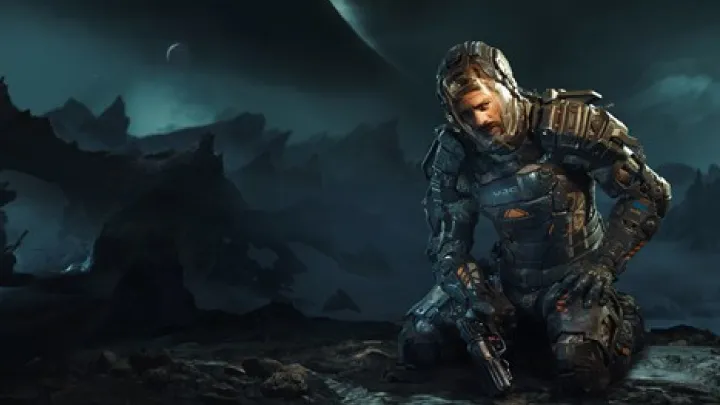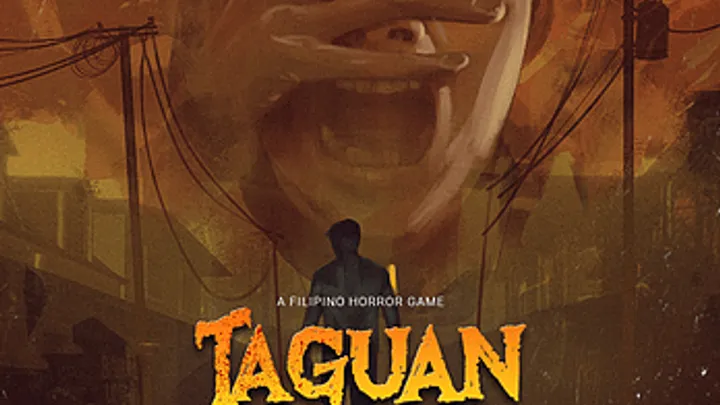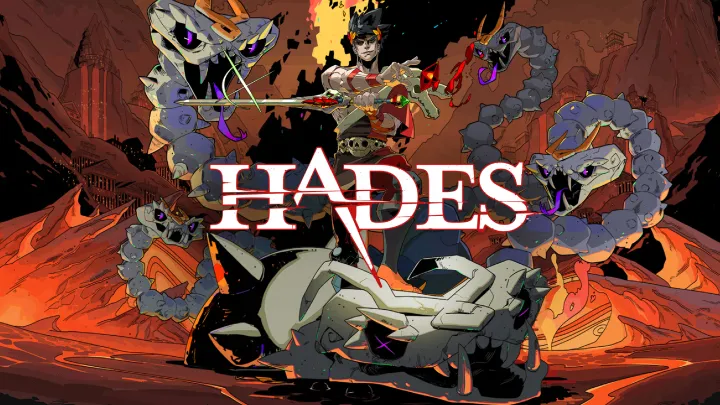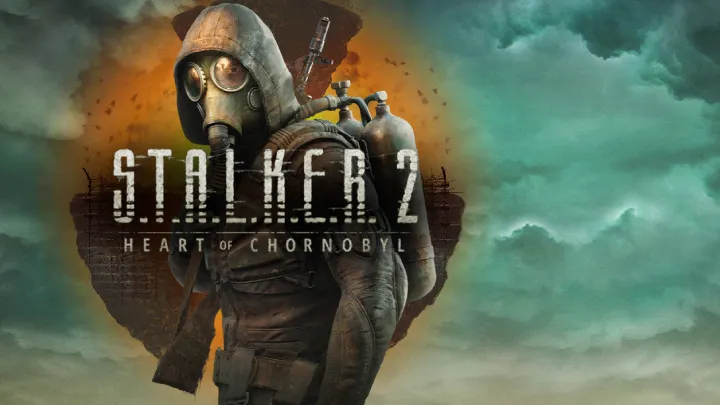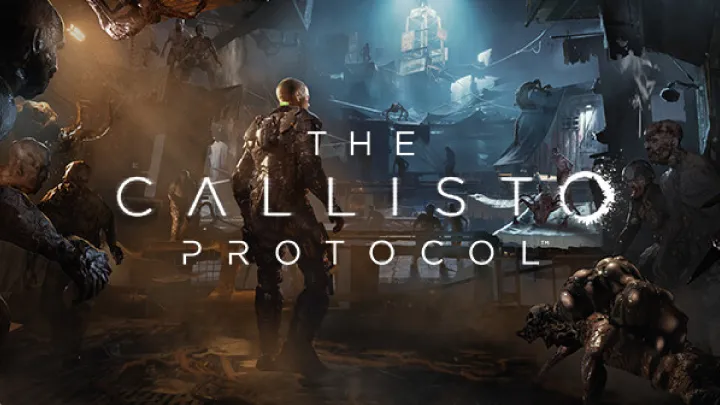
Introduction
The Callisto Protocol, developed by Striking Distance Studios, thrusts players into the heart of a terrifying science fiction narrative where survival is not merely a goal but a profound struggle against isolation and the horrors of monstrosity. Set in the desolate surroundings of Black Iron Prison on Jupiter's moon Callisto, the game blends visceral horror with existential themes, making players confront their deepest fears in a hostile environment. This article delves into the prominent themes of isolation and survival within The Callisto Protocol, exploring how they are interwoven into gameplay, narrative structure, and character development. Ultimately, we will examine how these themes resonate with the human experience, prompting reflection on the lengths one would go to when faced with desperation.
The Setting: A Cage of Isolation
Life in Black Iron Prison
Set in a dystopian future, The Callisto Protocol takes place in Black Iron Prison, an imposing space prison designed to house the most dangerous criminals. The prison serves as more than just a backdrop; it becomes a character in its own right—dark, claustrophobic, and unforgiving. From the moment players enter, they are enveloped in a palpable sense of dread and isolation.
The prison’s architecture emphasizes confinement, with narrow hallways, dimly lit environments, and oppressive metallic structures. This environment forces players to grapple with loneliness amidst the chaos. As the game progresses, it becomes evident that the isolation of the prison serves as a metaphor for the characters' internal struggles, mirroring their emotional states with the physicality of their surroundings.
The Void Beyond
In addition to the claustrophobic interior, the void of space looms ominously outside. This juxtaposition enhances the theme of isolation. The vastness of space signifies an unreachable escape, heightening the feeling of entrapment the characters experience. With no hope of rescue and no way out, the characters face not only external threats from horrific creatures but also internal battles that challenge their sanity.
As players navigate the environment, they encounter various remnants of a bygone civilization, including eerie messages and abandoned equipment, further accentuating the despair. The relentless confinement within the prison pushes players to examine their own feelings of isolation while generating a sense of foreboding that remains throughout the game.
Protagonist's Struggles: Jacob Lee
A Reluctant Hero
Players step into the shoes of Jacob Lee, a cargo hauler who finds himself imprisoned in Black Iron Prison. His journey begins with a sense of helplessness; captured, betrayed, and thrust into a horror-filled environment, Jacob embodies the struggle for survival. His character development is intricately tied to the game’s themes of isolation and desperation.
As Jacob navigates the nightmarish circumstances, his initial reluctance to fight back reflects a deeper emotional state. He is thrust into an unknown world, rife with both external adversaries and internal demons. The game effectively portrays Jacob’s gradual transformation from passivity to resilience, highlighting the lengths an individual will go to break free from the constraints of fear.
The Weight of Isolation
Jacob's emotional journey reflects the larger narrative of isolation faced by all characters within The Callisto Protocol. As a prisoner, he experiences the disconnection from humanity that Black Iron Prison embodies. Each encounter with grotesque creatures forces Jacob to confront mortality and his primal instincts for survival.
The loneliness felt by Jacob is magnified by the absence of meaningful interactions with other characters. Even when he encounters others, brief connections are overshadowed by the brutal realities of their circumstances. This sense of disconnection, coupled with the relentless threat of death from creatures and prison guards, encapsulates the heavy burden of isolation.
The Role of Fear: Monsters as Metaphor
The Abomination Within
In The Callisto Protocol, monstrous creatures known as Biophage represent more than mere antagonists; they are metaphors for the brutality of human nature. These entities, born from experimentation and violence, reflect the hidden darkness within humanity, transforming the landscape of isolation into an arena for confronting the grotesque.
- Transformation and Loss of Humanity: The horrific transformation of prisoners into Biophage serves as a chilling reminder of how fear, desperation, and survival instincts can strip individuals of their humanity. Players witness the physical and moral degradation of once-human characters, accentuating the horrors of isolation and the resulting monstrosity.
- Fear as a Driving Force: As Jacob encounters the Biophage, fear becomes a central theme that shapes his character. The horror of being hunted by these creatures parallels the psychological trauma inflicted by isolation. Players are not merely dodging enemies; they are facing their fears head-on, adding depth to the narrative.
The presence of Biophage helps deepen the exploration of isolation and survival, transforming fear into a tangible and relentless force.
The Intimacy of Survival Horror
The Callisto Protocol masterfully intertwines horror elements with survival mechanics, creating an intimate experience that compels players to confront their deepest fears. The close-quarter combat and scarce resources enhance the struggle for survival, forcing players to make critical decisions amidst overwhelming terror.
Players are frequently left to navigate dimly lit environments while managing limited ammunition and health supplies, amplifying their vulnerability. This constant tension reinforces the idea that survival is not just a physical battle but an emotional one. As they confront both the Biophage and moments of solitude, players feel a visceral connection to Jacob's internal struggle.
Interpersonal Connections Amidst Despair
Brief Alliances
Throughout Jacob's harrowing journey, players encounter other characters whose experiences add layers to the narrative. These brief interactions emphasize the theme of connection, even in an environment designed for isolation. Characters momentarily share their fears, regrets, and hopes in the face of impending doom, creating a fragile sense of camaraderie.
- The Warden’s Conflict: Characters like the prison warden illustrate the moral ambiguity of survival. Loaded with guilt, the warden’s refusal to accept the consequences of his actions highlights the internal struggles individuals face in dire circumstances. Players can sense the weight of his decisions, enhancing the sense of collective desperation.
- Shared Trauma: The shared trauma among characters underscores the necessity of fleeting connections, even when survival instincts often dictate isolation. These alliances, though often short-lived, provide brief moments of thematic relief amid the horror, emphasizing the significance of human connection even in the bleakest circumstances.
These interpersonal connections contrast with the overarching theme of isolation, illustrating how even brief moments of understanding can momentarily bridge the gap.
The Fragility of Hope
In a world marred by despair, hope emerges as a fragile yet vital theme within The Callisto Protocol. Jacob’s interactions with others often reveal glimpses of hope and aspirations against the backdrop of overwhelming horror. Despite living in constant fear, the characters occasionally express desires for redemption or survival.
- Moments of Resilience: Jacob’s efforts to survive not just for himself but for those he encounters encapsulate the resilience of the human spirit. Players witness his determination to protect those who can't fight back, reinforcing the notion that selflessness may arise even amidst chaos.
- Fleeting Moments of Joy: Brief scenes of levity or kindness punctuate the darker narrative, creating powerful contrasts. These moments serve to remind players of the importance of hope as a driving force in their fight against isolation and suffering.
The exploration of hope amid despair in The Callisto Protocol reflects the complexities of the human experience, underscoring our innate desire for connection and understanding.
The Soundscape of Isolation
Audio Design: A Tool for Immersion
The Callisto Protocol masterfully utilizes sound design to enhance the themes of isolation and horror. The audio landscape becomes an immersive tool, immersing players in the darkness of Black Iron Prison and accentuating the sense of dread that envelops Jacob’s journey.
- Eerie Silence: The absence of non-diegetic music during tense moments amplifies the sensation of isolation. Players are left in silence, confronted only by their own breathing and the unsettling sounds emanating from the environment. This creates an intimate atmosphere where every creak and whisper elicits fear, leaving players on edge.
- Dynamic Soundscapes: As players traverse various environments, the sound design evolves to reflect the state of isolation and danger. Growls and howls echo through the chambers, reminding Jacob—and players—of the lurking dangers. This heightens tension, forcing players to remain vigilant, balancing the fear of the unknown.
The crafted soundscape facilitates a profound connection between players and Jacob's experience, heightening the emotional impact of the game’s narrative.
Voice Acting: Emotional Resonance
The Callisto Protocol’s voice acting reinforces its emotional depth. Characters are voiced with raw intensity, expressing fear, desperation, and resolve. This effort adds authenticity to the interactions and deepens the impact of Jacob's struggles.
- Jacob’s Inner Conflict: The range of emotions in Jacob’s voice captures his evolution from fear to determination. Players become attuned to this emotional journey, amplifying their investment in his story as he grapples with isolation, survival, and hope.
- Supporting Characters: The interactions with other characters yield equally powerful performances. Those struggles resonate at a personal level, evoking empathy and further highlighting the theme of shared trauma in isolation.
Through exceptional voice work, players are compelled to engage with the narrative on a deeper emotional level, enhancing their experience of isolation and survival.
Conclusion: The Human Experience of Isolation and Survival
The Callisto Protocol intricately weaves together themes of isolation and survival, reflecting the complexities of human emotion amidst the chaos of horror. Through its meticulously crafted environments, character dynamics, and engaging gameplay, the game presents a rich narrative experience that invites players to reflect on their own struggles against desolation.
As Jacob Lee fights to escape the horrors of Black Iron Prison, players are immersed in a world that confronts them with their fears and vulnerabilities. The narrative compels them to consider the significance of human connection even in the depths of despair. Ultimately, The Callisto Protocol transcends its horror genre roots, offering a thoughtful exploration of isolation and what it means to survive.
Through this theme, players come to realize that survival is not merely physical; it is also deeply tied to emotional resilience, hope, and the bonds we share, even in the darkest of times. The game’s exploration of these themes ensures that The Callisto Protocol remains a poignant reflection of the human experience.